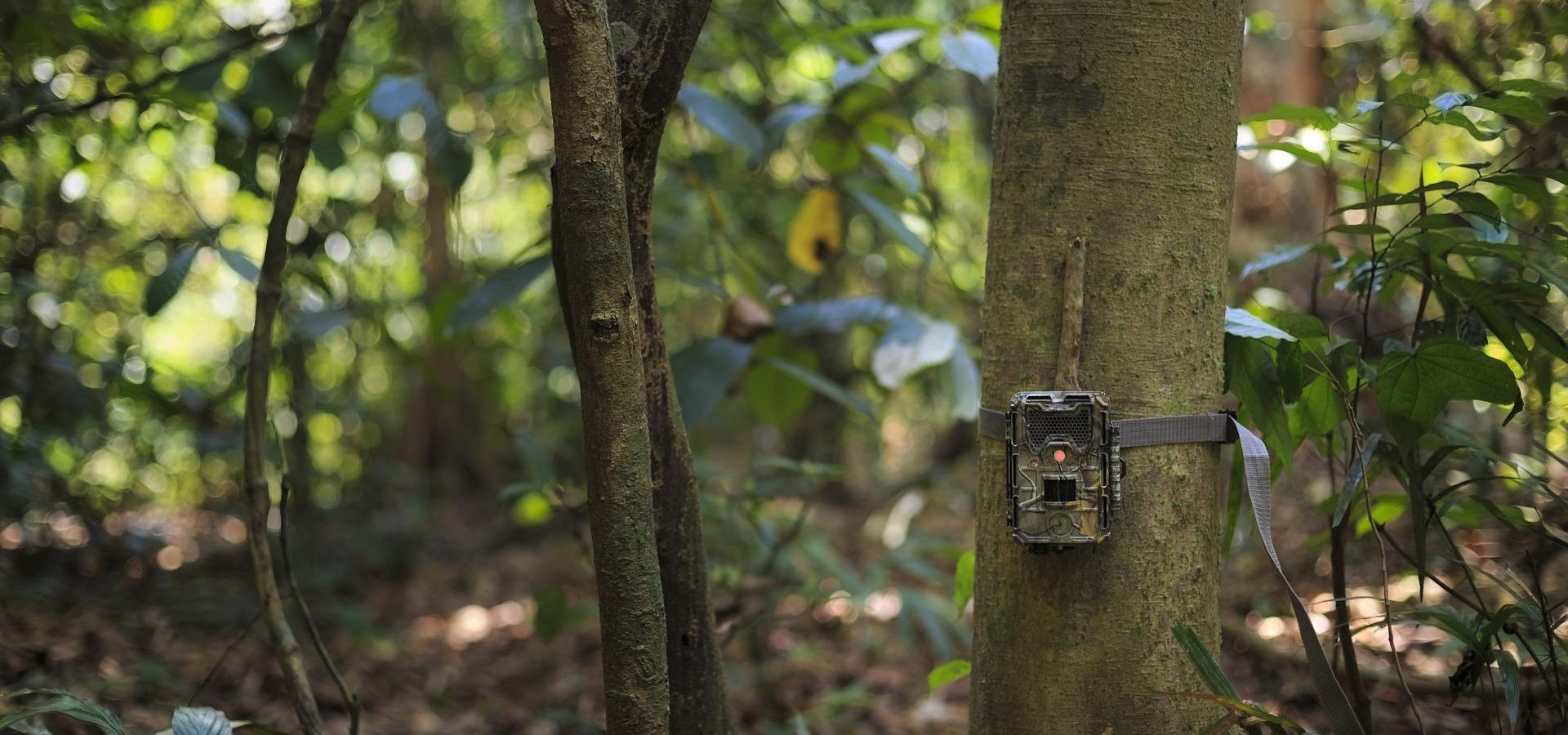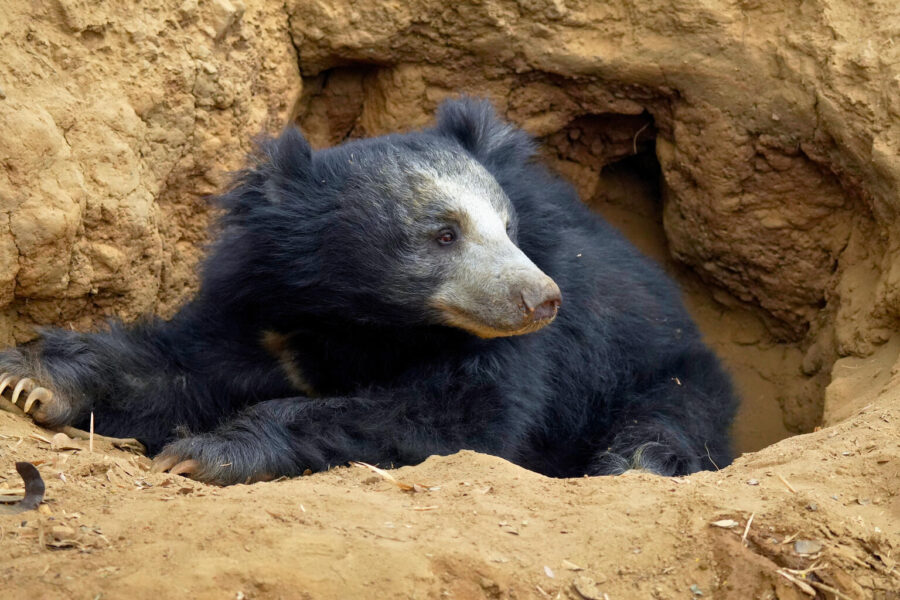Ever wonder how we know so much about animals inhabiting the wild? While it isn’t advisable to go too close to them, we can, most definitely, get a closer view of them! A non-invasive and non-harmful way to observe wildlife in its their true form is by using camera traps.
Camera traps have enabled researchers all around the world to take candid images and videos of wildlife. This method has proven to be an excellent tool for studying ecology and behaviour of wild animals in their natural habitat. Cameras can be placed in any habitat to make breakthrough revelations about the animals inhabiting it!
What Is It, anyway?
A modern camera trap device is essentially a digital camera along with an infrared sensor. These cameras are stationary, remote sensing devices self-triggered by motion or heat. The cameras come with varying features such as the distance from where cameras can trigger, multiple sensory detectors, differing battery capacities, flash mechanisms, and storage capabilities. The most frequently used camera traps have Passive Infrared (PIR) sensors that can detect change in heat, for instance, a passing animal’s warm body temperature triggers such a camera to shoot.
Camera traps have an advantageous ability to collect large volumes of data. One can set up these cameras in the wild for days, weeks, and even months! Recorded videos and images are stored in a memory card that can be retrieved and used later. Each photo and video can be set according to time and the location coordinates. Leaving no chance of dispute or misinterpretation, they have proved to help in the study of conservation.
Animals from aquatic and terrestrial (land-inhabiting) to fossorial (burrowing) and arboreal (tree-inhabiting) habitats have been captured using these camera traps. PIR cameras can be placed on trails frequented by animals, near water bodies, and even around resting spots. Moreover, the cameras cause next to zero disturbance to the wildlife. They are fastened to trees, poles, or bushes and covered strategically by surrounding vegetation to avoid any detection by animals.
Importance of Camera Traps
The camera trap technology first came into existence during the early 20th century and since then, has been evolving to help expand our knowledge pertaining to wildlife. Right from understanding animal behaviour, to the nuances in ecology and even conservation– camera traps have guided us significantly. They are now being actively used by researchers, conservationists, and wildlife managers all around the globe.
Through camera traps, we’ve managed to capture and gather information about elusive species like Snow leopards, Amur leopards, Muntjac deer, and Sumatran tigers. The revolutionary technology has been put to use in the harshest of climates and the toughest of terrains.
Any activity that occurs in the wild can be captured by camera traps. From a big cat patrolling its territory, to a bird feasting on a freshly-caught insect! Not just behaviour, but these cameras can help collect information about the species’ population size, their distribution, and their pattern of movement as well. The National Tiger Conservation Authority has also used camera traps to estimate the population of wild Bengal tigers in India.
One can even use visual evidence from camera traps to understand threats faced by wildlife, and eventually chart out holistic conservation plans. Photographs and videos obtained have helped environment and wildlife supporters to back their campaigns to save several endangered species worldwide.
Use of Camera Traps by Wildlife SOS
Wildlife SOS has managed to gain a plethora of data through its own camera traps in the wild. Findings about feeding and resting behaviour to denning and reproductive behaviour have been tremendously helpful to use as primers for the upkeep of our own rescued animals.
Several wild animals have made guest appearances on the camera traps set up by the research team of Wildlife SOS, including Rusty-spotted cat, Indian crested porcupine, mother Sloth bear with cubs, Indian leopard, Jungle cat, Wild boar, Small Indian civet, among many more! Our team even uses camera traps to monitor reunion of leopard cubs with their mothers during rescue operations in Maharashtra.
The beauty of wilderness that cameras manage to capture is remarkable. Visual documentation expands our knowledge and understanding of the wild inhabitants we share this planet with. You can support our research on wild animals in India by donating to us here.





